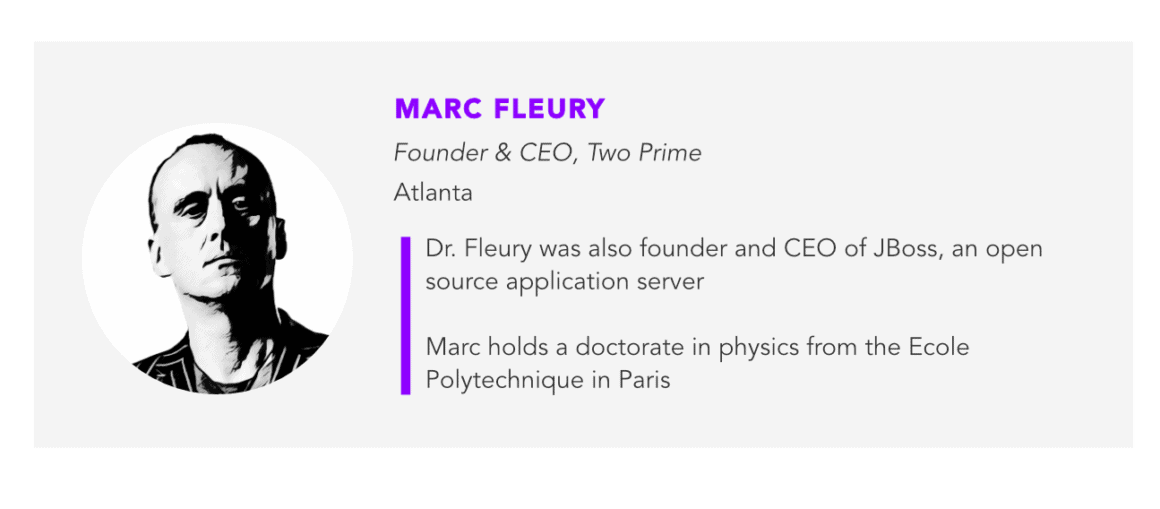At a time of infinite monetary printing and the debasement of currencies, yield on bonds or banking deposits across the globe have plunged to near zero. At the same time, asset inflation (witness the stock market) has kicked in, reflecting quantitative-easing debasement of the underlying currencies, while the real economy is on hold. Investors and individuals looking for income have flocked to 8% yield products in bitcoin and fiat in the decentralized finance (DeFi) space, but this is not without a catch.
On the surface of it, DeFi seems to present a paradox: how can anyone offer 8% yield in this day and age? What is this crypto sorcery being spoken of? Could this be yet another scam? The answer is both magical and technical, and also involves the use of fancy derivatives.

To the layman, derivatives like options and futures seem like arcane and esoteric instruments. Indeed, they are mathematical in nature and both scary and dangerous for the casual user. Many a fool has lost their shirt in leveraged positions, and cryptocurrency exchanges offering 100x leverage on an already extremely volatile underlier certainly has the potential to wipe out the average investor. Options are highly dangerous instruments for the untrained speculator. However, when appropriately deployed, they can actually reduce risk, as opposed to enhancing it, and can — both in theory and practice — tame volatility.
In fact, hedging (reducing risk, not increasing it) was why these instruments were invented in the first place and how hedge funds derived their name — the speculation came later on. Correctly deployed, options and futures allow traders to tame inherent volatility and turn it into yield, by trading the volatility in the backend for yield upfront. During the 2008 crisis, synthetic yield products, in turning market volatility into cash income, outperformed most asset classes. Their outperformance was especially pronounced during times of volatility, although in ensuing rallies, their performance paled in comparison.
See related article: US authorities are taking aim at DeFi. Are crypto loans next?
Turning a volatile asset into a yield-paying bond-like instrument, by hedging, is a perfect application of these instruments. BTC’s inherent volatility can be viewed as its strength, by turning the volatility into yield, just like water into wine.
From a technical standpoint, the fact that income-producing products are available in crypto speaks to the maturation of the space in general. It is one thing to speak about these strategies and an entirely different thing to practically implement them.
We need custodians, solid market discovery, depth of these markets, efficient exchanges with deep order books, settlement layers, secure transfers, savvy institutional and retail participants, liquidity providers that can withstand storms, and market makers that know what they are doing. We also need the software, the training, the people, the capital, the patience and the technical knowledge to pursue these mathematical instruments. In short, there is a laundry list of technical things that needs to happen before one can casually say “here is a 8% income on fiat deposits.” The fact that these products exist at all is a testimony to the maturation of the space then.

But all of this fancy jargon and semi-anonymous infrastructure is irrelevant to the end user in a way. They seek income and they want it now. The future is clear: bank accounts are going online, and digital and neo-banks like what is emerging in fintech will be offering these high-yield products to institutions and retail users alike. Everyone is looking for income, so if crypto is offering it, that is where money will flow.
With equity markets defying gravity sans economic fundamentals and bonds not yielding much, income is the new black. To some extent, the crypto nature of this treasury must be hidden — the magical trick is not fit for reveal yet. In any case, what is used to yield this level of income is a technical point anyway. In fact, the crypto nature of the treasury could be a liability: would you rather get an 8% yield on real estate assets or an 8% yield on crypto assets? Crypto seems more risky as a collateral, given that the underlying asset is itself volatile. Counter-intuitively, the opposite could also be true: real estate may be in economic free fall and crypto, given that it has no real endogenous cash flows, shows strength as a numerus clausus asset class and inflation hedge.
Today, people can bank in their local fiat, yet not many may be aware of the details going on behind the scenes to create this synthetic yield. The unfolding of a recent US$5.7 billion crypto scam in China promising a high yield to end-users — but turned out to be a Ponzi scheme — is a case in point. Yet, the opportunity is much greater than these scams.
Done right, these neo-banking products will enshrine crypto in the pantheon of financial technologies. What we need are responsible operators and more maturity in the space. Income at 8% is attractive no matter what, and scams will continue to persist, more so with the prevalence of undiscerning masses.
The future of neo-banks makes use of crypto financial markets and derivatives to create these new and exciting products. Open finance is the next wave of financial innovation. It will change banking forever.




